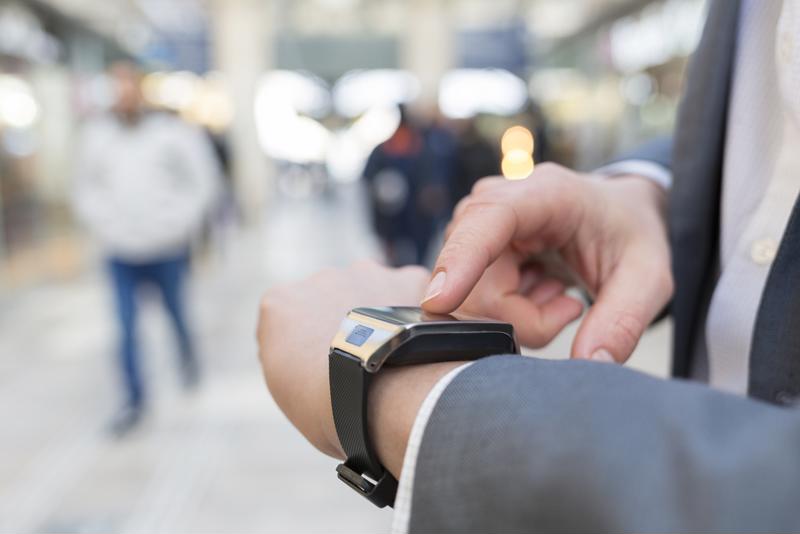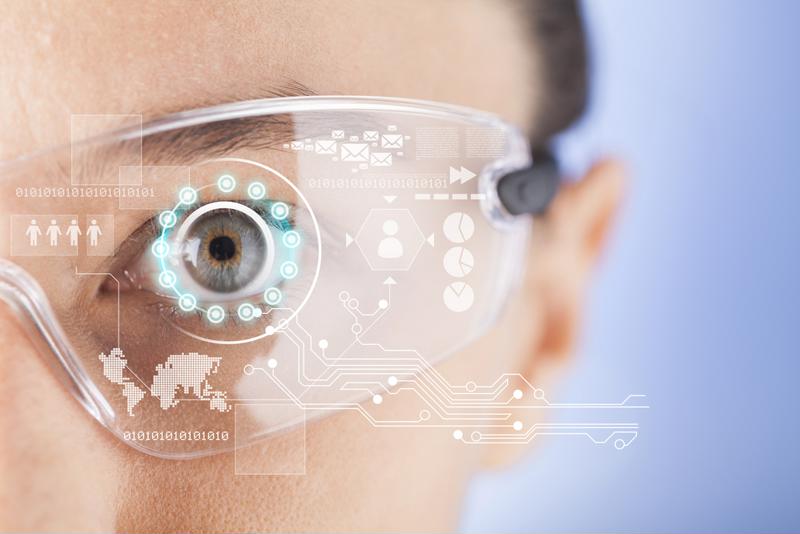5 reasons why you need a backup service, even if you’re using Office 365
Enterprises around the world continue to move key applications to the cloud. But the speed and scope of migration presenting new challenges regarding data protection, service delivery, and compliance.
While most organizations have developed robust on-premises backup solutions, the failure to protect cloud data and ensure the availability of key services is widespread and incredibly alarming.
Contrary to popular belief, Office 365 and other software as a service (SaaS) models provide no real internal backup solutions.
While Microsoft has sound internal security and is capable of managing Office 365 infrastructure, third-party services are needed to ensure comprehensive data protection and compliance. Let’s take a look at 5 key reasons why you need a dedicated backup service when you’re using Office 365.
Protection against internal accidents and threats
Regardless of how careful you are with your data, accidents can and do happen. Whether it’s the accidental deletion of a user, the incorrect merging of fields, or the failure of a key service, accidental deletion can be replicated across an entire network and lead to serious problems.
Simple accidents have been responsible for serious damage over the last few years, with an outage on Amazon Web Services costing up to $150 million dollars in 2017.
A backup service can restore data and services quickly and with minimum disruption, either to the on-premise Exchange or the Office 365 cloud network. In addition, dedicated backup services can protect you against internal security threats and manage the risk of malicious data loss or destruction.
Protection against external security threats
Along with internal security threats, many businesses have experienced a rise in malware, viruses, data theft and other security threats from the outside.
Kaspersky blocked almost 800 million attacks from online resources across the globe in the first quarter of 2018 alone.
While Microsoft 365 and other cloud suites do have some security controls, they’re not robust or reliable enough to handle every case scenario. Having access to a high-grade, third-party backup service is the best way to reduce your exposure and manage the risks associated with data loss and destruction.
Retention and recovery management
Cloud-based services are popular for many reasons, with Office 365 and other solutions featuring better integration between applications, more efficient data exchange and delivery, and the ability to utilize transparent services regardless of location.
Many of these benefits come at a cost, however, with enterprises losing control over data retention and recovery.
While Office 365 does have its own retention policies, they are ever-changing and difficult to manage. In fact, confusing and inaccessible data retention is one of the reasons why so many businesses refuse to move to the cloud.
You can have the best of both worlds with backup solutions that provide you with complete control over data retention and recovery management.
Legal and compliance obligations
In addition to running a business and ensuring access to key data and services, organizations have a responsibility to meet certain legal and compliance obligations.
A cloud backup service allows you to retrieve important data instantly and with minimal disruption to critical business systems.
Whether it’s retrieving user data for law enforcement, accessing your mailbox during a legal action, or meeting regulatory compliance standards, dedicated cloud backup makes it easier to meet your responsibilities.
Managing the migration process
With more businesses moving to the cloud all the time, the migration process is often presented as a seamless and natural transition.
While the benefits of SaaS are valid and well-known, managing hybrid email deployments and other critical services during migration can be more challenging than Microsoft would have you believe.
Whether you want a dedicated cloud solution or a mix of Office 365 and on-premises services, backup solutions like Veeam (our recommended solution) allow you to protect and manage your data during and after the transition in a way that makes the source location irrelevant.
The post 5 reasons why you need a backup service, even if you’re using Office 365 appeared first on ISG Technologies.
Source: my isg






 Shoppers are already augmenting their experiences with external online information.
Shoppers are already augmenting their experiences with external online information. Using inventory management solutions can help retailers maximize their shipping profits. They can ship directly to the customer or to the retail location most in need.
Using inventory management solutions can help retailers maximize their shipping profits. They can ship directly to the customer or to the retail location most in need. Most wearables are linked to a smartphone, meaning they share the same data library.
Most wearables are linked to a smartphone, meaning they share the same data library. Augmented reality glasses often have live feeds meaning that, if hacked, outside sources can see worker operations.
Augmented reality glasses often have live feeds meaning that, if hacked, outside sources can see worker operations.